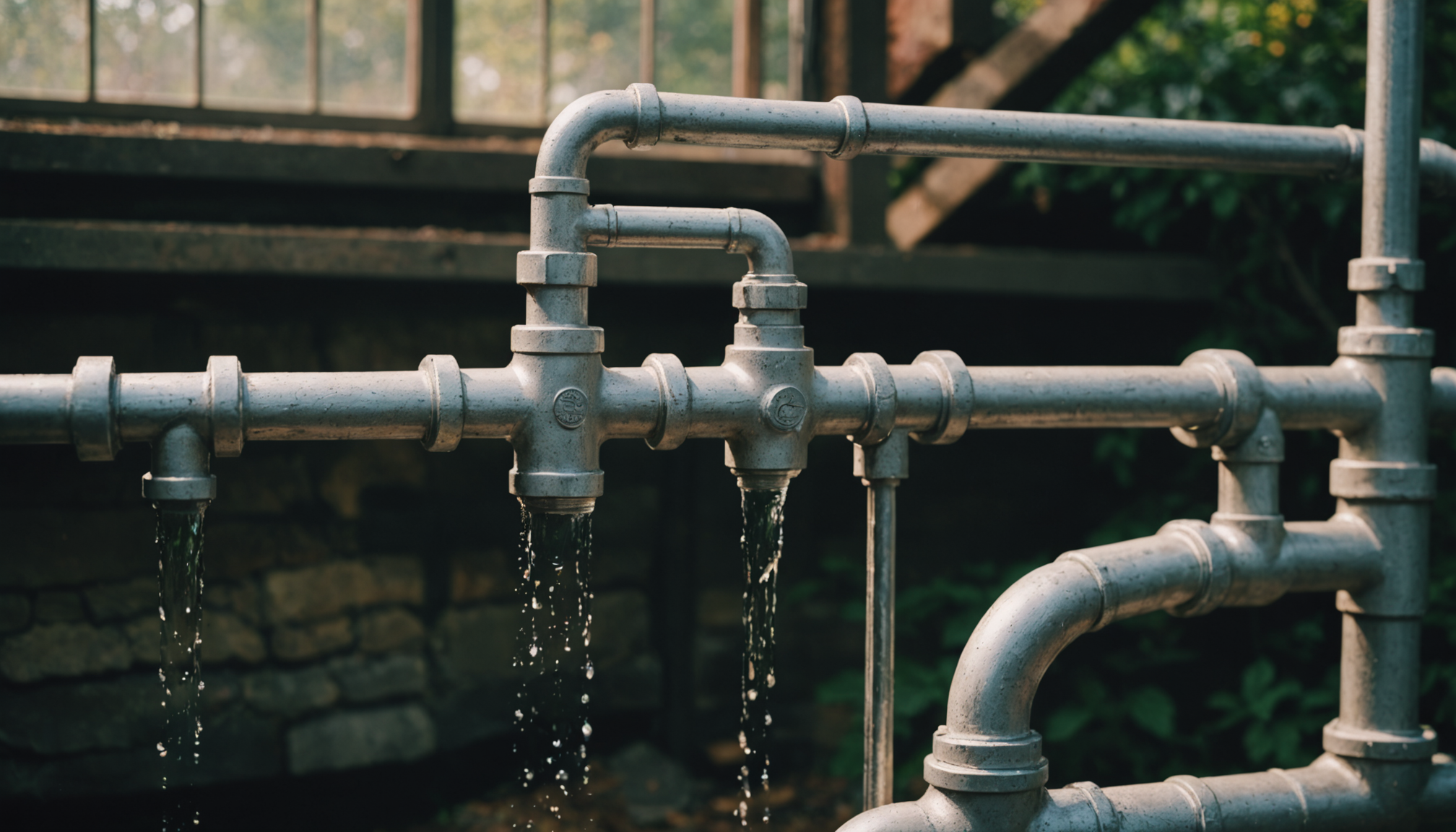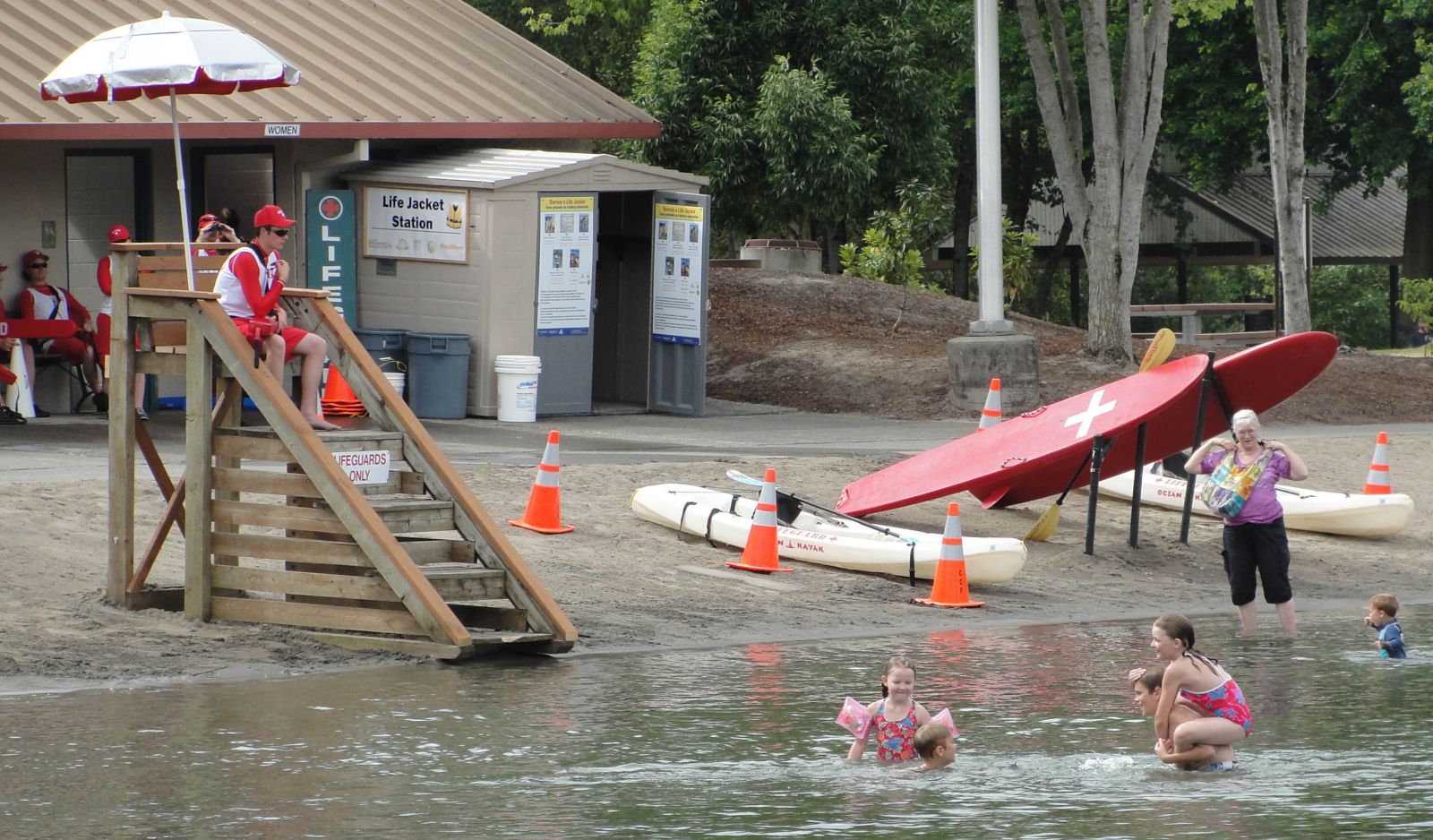
Report on Asheville’s Water Infrastructure Challenges and Sustainable Development Goals (SDGs) Alignment
Introduction
Asheville, North Carolina, has recently faced significant challenges regarding its water infrastructure, highlighted by a 53-day outage of clean drinking water following Hurricane Helene. This report examines the underlying causes of these challenges, the city’s response, and the alignment of ongoing efforts with the United Nations Sustainable Development Goals (SDGs), particularly SDG 6: Clean Water and Sanitation, and SDG 11: Sustainable Cities and Communities.
Background and System Vulnerabilities
The city’s water system has a history of vulnerabilities, including:
- A weeklong outage during Tropical Storm Frances in 2004
- Over 700 boil water advisories between 2017 and 2021
- An 11-day outage during the 2022 Christmas holiday caused by a deep freeze and widespread line breaks
These incidents underscore the aging infrastructure, outdated technology, and delayed upgrades that continue to threaten the reliability of Asheville’s water supply.
Independent Review Committee (IRC) Findings
Following the 2022 Christmas outage, the city formed an Independent Review Committee (IRC) to investigate system weaknesses. Key findings and urgent needs identified include:
- Modernization of water treatment technology
- Implementation of a plate settler pre-filtration system
- Enhancement of system redundancy, including consideration of a fourth treatment plant
- Improved transparency and communication with residents
The IRC’s final report was released in 2023, with a detailed list of recommendations and progress updates available here.
Impact of Hurricane Helene and Current Challenges
Hurricane Helene exacerbated existing vulnerabilities when the North Fork Reservoir, Asheville’s main water source, became clogged with sediment, halting filtration processes. The city’s Water Resources Department spokesperson, Clay Chandler, emphasized the system’s susceptibility to even moderate weather events, stating:
“We are very, very vulnerable to even a moderate weather event. It would take something much less severe than Helene to put our treatment systems at risk.”
Proposed Infrastructure Improvements and Financial Considerations
To address these vulnerabilities and align with SDG 6 (Clean Water and Sanitation), Asheville is prioritizing the installation of a plate settler pre-filtration system, a technology used by 95-99% of U.S. water systems to remove sediment before final filtration. Additionally, the city is exploring the construction of a fourth treatment plant to increase system redundancy, supporting SDG 11 (Sustainable Cities and Communities).
However, financial constraints present significant challenges:
- The pre-filtration project is estimated to cost $200 million, nearly matching the city’s entire annual budget of $256 million.
- A 7.5% water rate increase for residents and a 20% increase for some businesses is scheduled for July 1 to help fund improvements.
- Mayor Esther Manheimer highlighted the need for federal support to balance affordability with necessary infrastructure upgrades.
“You can’t just raise someone’s water bill infinitely to cover the cost of these improvements. You have to balance what folks can pay with what needs to get done. That’s tricky, really tricky.”
Transparency and Community Engagement
City officials have emphasized transparency as a critical component of their response strategy, fostering trust and community engagement. Clay Chandler noted:
“I’ve found that people appreciate you being honest with them. And if it’s bad, tell them it’s bad.”
Conclusion and SDG Alignment
Asheville’s water infrastructure challenges highlight the critical need for sustainable investment in resilient water systems, directly supporting:
- SDG 6: Ensuring availability and sustainable management of water and sanitation for all
- SDG 11: Making cities inclusive, safe, resilient, and sustainable
- SDG 13: Taking urgent action to combat climate change and its impacts, given the system’s vulnerability to weather events
Ongoing efforts to modernize infrastructure, improve system resilience, and maintain transparent communication with residents are essential steps toward achieving these goals. Federal support and careful financial planning will be crucial to balancing infrastructure needs with community affordability.
1. Sustainable Development Goals (SDGs) Addressed or Connected to the Issues Highlighted in the Article
-
SDG 6: Clean Water and Sanitation
- The article focuses on Asheville’s water infrastructure challenges, including prolonged outages and contamination risks, directly relating to ensuring availability and sustainable management of water and sanitation for all.
-
SDG 9: Industry, Innovation, and Infrastructure
- The need for upgrading aging water infrastructure and implementing modern technology such as plate settler pre-filtration systems highlights the importance of building resilient infrastructure and fostering innovation.
-
SDG 11: Sustainable Cities and Communities
- The article discusses urban water system vulnerabilities and the need for sustainable urban infrastructure to ensure safe and resilient cities.
-
SDG 13: Climate Action
- The impact of Hurricane Helene and other weather events on water infrastructure underscores the need for climate resilience and adaptation measures.
2. Specific Targets Under Those SDGs Identified Based on the Article’s Content
-
SDG 6: Clean Water and Sanitation
- Target 6.1: Achieve universal and equitable access to safe and affordable drinking water for all.
- Target 6.4: Substantially increase water-use efficiency across all sectors and ensure sustainable withdrawals.
- Target 6.a: Expand international cooperation and capacity-building support to developing countries in water and sanitation management.
-
SDG 9: Industry, Innovation, and Infrastructure
- Target 9.1: Develop quality, reliable, sustainable, and resilient infrastructure.
- Target 9.c: Increase access to information and communications technology and strive to provide universal and affordable access to the internet.
-
SDG 11: Sustainable Cities and Communities
- Target 11.6: Reduce the adverse per capita environmental impact of cities, including by paying special attention to air quality and municipal and other waste management.
- Target 11.b: Increase the number of cities adopting and implementing integrated policies and plans towards inclusion, resource efficiency, mitigation and adaptation to climate change.
-
SDG 13: Climate Action
- Target 13.1: Strengthen resilience and adaptive capacity to climate-related hazards and natural disasters in all countries.
3. Indicators Mentioned or Implied in the Article to Measure Progress Towards the Identified Targets
-
Indicators Related to SDG 6
- Number and duration of water outages (e.g., 53 days without clean water after Hurricane Helene, 11-day outage during Christmas 2022).
- Number of boil water advisories issued (over 700 between 2017 and 2021).
- Implementation status of water treatment technologies such as plate settler pre-filtration systems.
- Water quality measurements before and after filtration upgrades.
-
Indicators Related to SDG 9
- Investment amounts in water infrastructure projects (e.g., $200 million project cost for pre-filtration system).
- Number of treatment plants and redundancy in the water system (consideration of building a fourth treatment plant).
- Progress reports and recommendations from Independent Review Committee (IRC).
-
Indicators Related to SDG 11
- Frequency and impact of water-related disruptions in urban areas.
- Community engagement and transparency measures (e.g., public communication about water system status).
-
Indicators Related to SDG 13
- Assessment of vulnerability of water infrastructure to weather events and natural disasters.
- Implementation of climate resilience measures in infrastructure planning.
4. Table: SDGs, Targets and Indicators
| SDGs | Targets | Indicators |
|---|---|---|
| SDG 6: Clean Water and Sanitation |
|
|
| SDG 9: Industry, Innovation, and Infrastructure |
|
|
| SDG 11: Sustainable Cities and Communities |
|
|
| SDG 13: Climate Action |
|
|
Source: wlos.com







